At Tullybannocher Restaurant a warm and friendly welcome awaits you. The cafe is located on the A85 half a mile west of the picturesque Perthshire village of Comrie. Tullybannocher developed its blend with the help of Blendly the commercial coffee roaster.
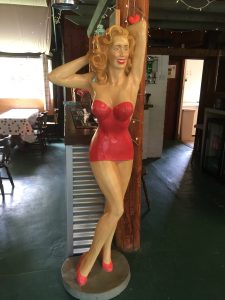 Strangely comforting….
Strangely comforting….
Tullybannocher Restaurant has a strangely comforting feel as you walk in -, hearing the clunking of espresso grounds being settled into portafilters, the gurgles of milk steaming in pitchers—, but it’s a coupling that’s yielded positive results for cafés successfully curating the improbable partnership between its travellers and its coffee wither families by car, looking for an afternoon family drive or a group of European motorcyclists on an extended tour of the Highlands – or a group of locals looking for a Pleasant afternoon Lunch
Wither families by car, looking for an afternoon family drive or a group of European motorcyclists on an ex tended tour of the Highlands – or a group of locals looking for a Pleasant afternoon Lunch in the Perthshire countryside The The Tullybannocher Café is a destination not to be missed
tended tour of the Highlands – or a group of locals looking for a Pleasant afternoon Lunch in the Perthshire countryside The The Tullybannocher Café is a destination not to be missed
For centuries coffee has been a medium for relationships. Travellers have long gathered over coffee with family or friends to talk about things good and bad. The Tullybannocher Café developed its blend with the help of Blendly the commercial coffee roaster. They created a 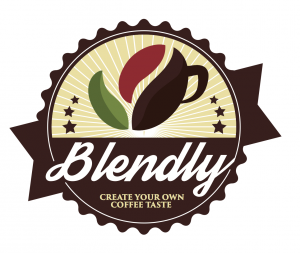 coffee that allows The Tullybannocher Cafe guests to relax after a leisurely browse around the gift area and shop were you will find a variety of items; jars of preserves, picture frames, candles, soft toys, and wall plaques to make you smile.
coffee that allows The Tullybannocher Cafe guests to relax after a leisurely browse around the gift area and shop were you will find a variety of items; jars of preserves, picture frames, candles, soft toys, and wall plaques to make you smile.
The Tullybannocher Café also provides a backdrop -to Conversation and over the years there have been innumerable conversations in the coffee shops, It is simply amazing to think of how coffee culture brings people closer. Combination Travel and coffee shops have cropped up in all corners of the world.
Combination Travel and coffee shops have cropped up in all corners of the world.
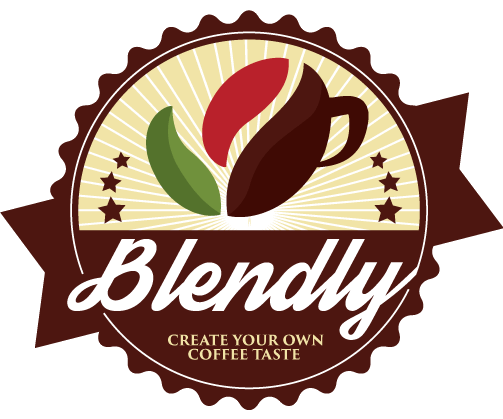
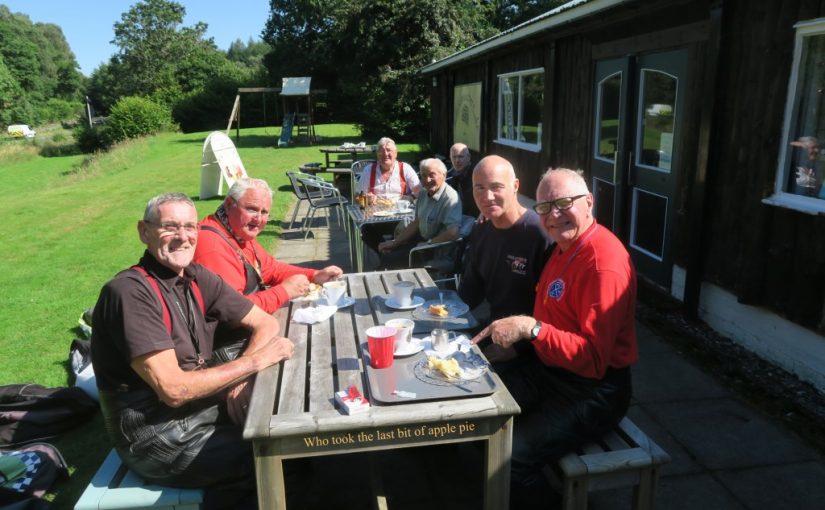


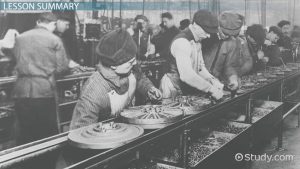 While traditional brands are looking to grab more of the global industry for themselves, based on traditional methods of scale – with a movement towards mergers between large coffee manufacturers and roasters.
While traditional brands are looking to grab more of the global industry for themselves, based on traditional methods of scale – with a movement towards mergers between large coffee manufacturers and roasters.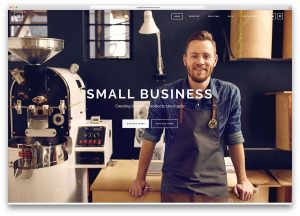 that in entrenched in the economics of scale, its ability to grasp the advantages of economies of choice, is being met by new types of organisations that are offering more transparent services.
that in entrenched in the economics of scale, its ability to grasp the advantages of economies of choice, is being met by new types of organisations that are offering more transparent services.
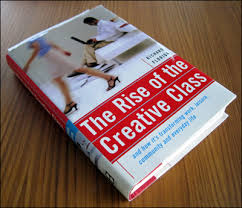 etter understanding of taste and cost, – Today’s coffee customer understand more about the coffee and the Baristas that serve it
etter understanding of taste and cost, – Today’s coffee customer understand more about the coffee and the Baristas that serve it services and can advise the new type of Speciality coffee chain on cost and taste, – Blendly Services have been developed around the economies of choice allowing greater transparency around the coffee offering
services and can advise the new type of Speciality coffee chain on cost and taste, – Blendly Services have been developed around the economies of choice allowing greater transparency around the coffee offering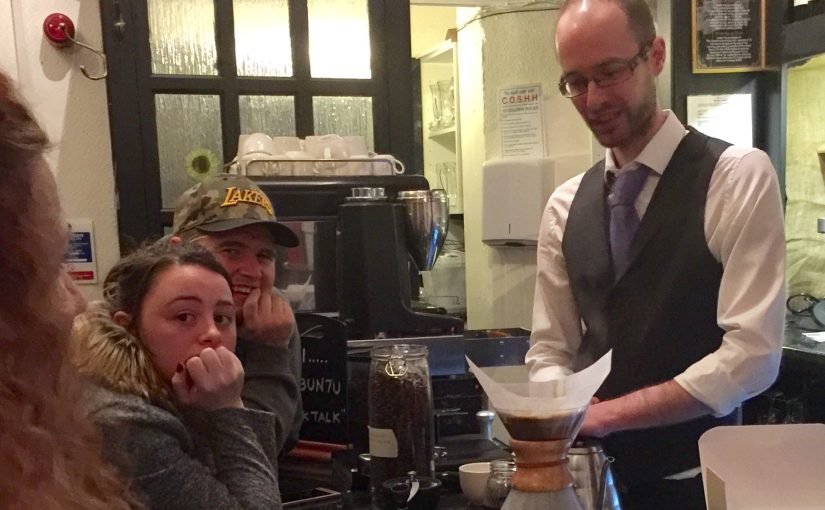
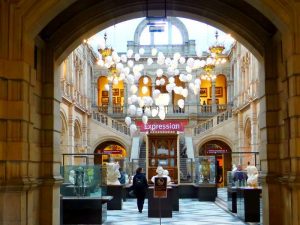 Kelvingrove Art Gallery and Museum houses one of Europe’s great art collections. It is amongst the top three free-to-enter visitor attractions in Scotland and one of the most visited museums in the United Kingdom outside of London.
Kelvingrove Art Gallery and Museum houses one of Europe’s great art collections. It is amongst the top three free-to-enter visitor attractions in Scotland and one of the most visited museums in the United Kingdom outside of London.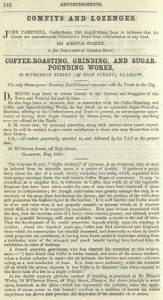
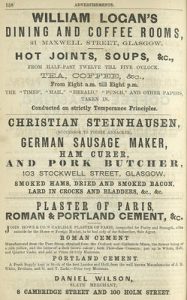

 difference lies in our genetic composition, especially within our sensory receptors. It means that the coffee you serve is a determination of as much the environment as it is blend. Letting your customers understand what is in the blend allows your customer to better associate your and your brand
difference lies in our genetic composition, especially within our sensory receptors. It means that the coffee you serve is a determination of as much the environment as it is blend. Letting your customers understand what is in the blend allows your customer to better associate your and your brand Working with Blendly you can engineer a taste that suits you or your customer all our blends are loved by many and offer a great starting point all coffee drinkers but remember how we taste coffee and what we taste is different to each individual and the taste of the product in Unique to them
Working with Blendly you can engineer a taste that suits you or your customer all our blends are loved by many and offer a great starting point all coffee drinkers but remember how we taste coffee and what we taste is different to each individual and the taste of the product in Unique to them with a lauadge that customers associated with the you delivering the best coffee in the world.
with a lauadge that customers associated with the you delivering the best coffee in the world.
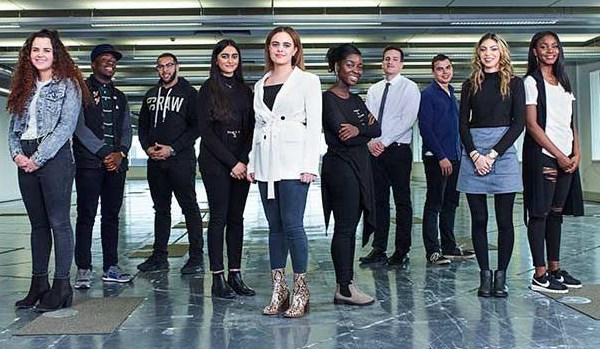
 the types of freelancers and creative class workers we find in places like The Proud East today.
the types of freelancers and creative class workers we find in places like The Proud East today. Coffee brewing instructions from CHEMEX
Coffee brewing instructions from CHEMEX Step 1: Get into the grind
Step 1: Get into the grind cone has three layers, and place it into the top of the CHEMEX® brewer. The thick (three-layer) portion should cover the pouring spout.
cone has three layers, and place it into the top of the CHEMEX® brewer. The thick (three-layer) portion should cover the pouring spout. cone. Feel free to use more if you prefer it stronger; our CHEMEX® brewing process eliminates bitterness.
cone. Feel free to use more if you prefer it stronger; our CHEMEX® brewing process eliminates bitterness. from the heat and allow it to stop boiling vigorously.
from the heat and allow it to stop boiling vigorously.

 indulge in the flavour.
indulge in the flavour. either a glass stove top or gas flame both at low heat. If you have an electric coil stove top, you must utilize the CHEMEX® stainless steel wire grid (TKG) in between the CHEMEX® and the coils to prevent breakage. Be sure that there is a small amount of liquid in the carafe before placing it on a warm heating element.
either a glass stove top or gas flame both at low heat. If you have an electric coil stove top, you must utilize the CHEMEX® stainless steel wire grid (TKG) in between the CHEMEX® and the coils to prevent breakage. Be sure that there is a small amount of liquid in the carafe before placing it on a warm heating element. service. Remove the wooden handle and continue to hand wash with warm soap and water, or place the coffeemaker securely in the dishwasher.
service. Remove the wooden handle and continue to hand wash with warm soap and water, or place the coffeemaker securely in the dishwasher. coffeemaker. Our CHEMEX® 2-Quart Water Kettle achieves the perfect brewing temperature with functional elegance. Made from heavy-walled heat-resistant glass, our flat-bottomed kettle will ensure a delightful boiling and brewing process. The unique silicone stopper keeps the brewed water at peak temperature while venting steam, so the neck stays cool to the touch for safe handling.
coffeemaker. Our CHEMEX® 2-Quart Water Kettle achieves the perfect brewing temperature with functional elegance. Made from heavy-walled heat-resistant glass, our flat-bottomed kettle will ensure a delightful boiling and brewing process. The unique silicone stopper keeps the brewed water at peak temperature while venting steam, so the neck stays cool to the touch for safe handling.
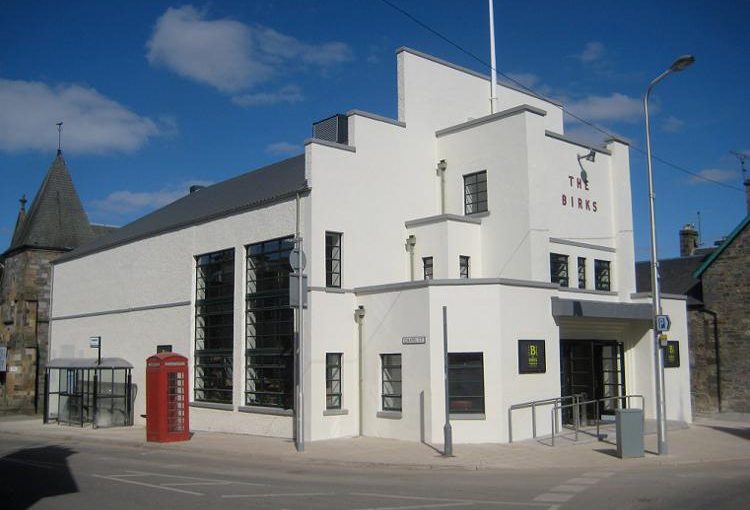
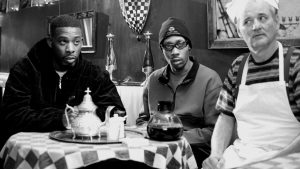 ound Scotland, giving a value and choice and setting new opportunities for coffee outlets to develop their own coffee taste and flavours.
ound Scotland, giving a value and choice and setting new opportunities for coffee outlets to develop their own coffee taste and flavours.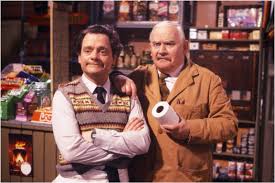 people purchasing barista style machines for their homes and purchasing more and more international origin coffees and customers expecting more.
people purchasing barista style machines for their homes and purchasing more and more international origin coffees and customers expecting more. This type of transparency is allowing independent coffee chains to better establish their local brands in a growing market place which currently supplies approximately 165 million cups of tea and around 70 million cups of coffee that is consumed in the UK each day, according the UK Tea Council, the market for hot beverages can be considered extremely robust.
This type of transparency is allowing independent coffee chains to better establish their local brands in a growing market place which currently supplies approximately 165 million cups of tea and around 70 million cups of coffee that is consumed in the UK each day, according the UK Tea Council, the market for hot beverages can be considered extremely robust.